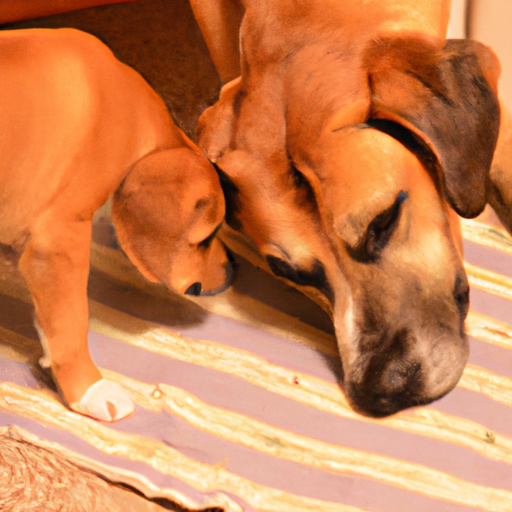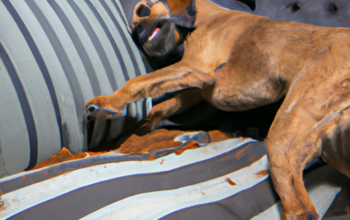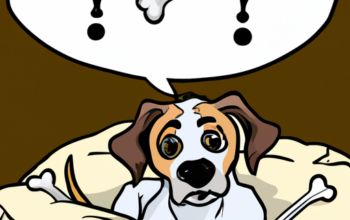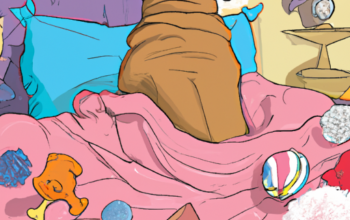1. Preparation Before Meeting
First thing first, you need to ensure that your home is primed and ready for the new arrival. This means setting up a designated space for your puppy, complete with a bed, toys, food and water bowls, as well as a potty-training area.
- Make sure the puppy’s space is comfortable and safe.
- Remove any objects that might pose a threat to the puppy.
- Keep your older dog’s belongings away from the puppy’s area to avoid territorial issues.
It’s also crucial to ensure that both dogs are in good health. If either of them is sick or stressed, it could lead to unnecessary conflicts.
2. The Initial Introduction
The first meeting between your dog and the new puppy should be in a neutral location. This can prevent your older dog from feeling threatened on its territory.
- Keep both dogs on leashes.
- Allow them to sniff each other, but don’t force interaction.
- Look for positive body language, such as wagging tails and relaxed postures.
3. Bringing the Puppy Home
Bringing the new puppy home is a significant step. Here’s a table illustrating a step-by-step guide to make this process smoother:
| Steps | Description |
|---|---|
| Step 1 | Bring your older dog outside to meet the puppy. |
| Step 2 | Allow them to sniff each other. |
| Step 3 | Gradually introduce the puppy to the house, room by room. |
| Step 4 | Allow your older dog to lead the puppy around the house. |
4. Establishing a Routine
Routine is key in making your older dog and the new puppy comfortable with each other.
- Feed them at the same time but in separate bowls and spaces.
- Walk them together to build a bond.
- Provide equal attention to both to avoid jealousy.
5. Providing Supervision
Always supervise the interactions between your older dog and the puppy, especially in the early days. This can help you spot any signs of aggression or bullying and intervene before any harm is done.
FAQ Section
Q1: How long does it take for a dog to get used to a new puppy?
A: It varies from dog to dog, but typically it can take anywhere from a few days to a few weeks.
Q2: What should I do if my dog is aggressive to the new puppy?
A: If your dog is showing signs of aggression, it’s important to consult with a professional dog trainer or behaviorist.
Q3: Can my older dog get jealous of the new puppy?
A: Yes, dogs can get jealous. It’s important to spend quality time with your older dog and not neglect him/her due to the new puppy.
Q4: Should I let my older dog growl at the new puppy?
A: Growling can be a normal form of communication between dogs. However, if the growling becomes aggressive or is causing distress to the puppy, it’s time to intervene.
Q5: How can I help my dog and puppy get along better?
A: Establishing a routine, providing equal attention, and making sure both dogs are in good health are some ways to encourage a positive relationship between your dog and the new puppy.



